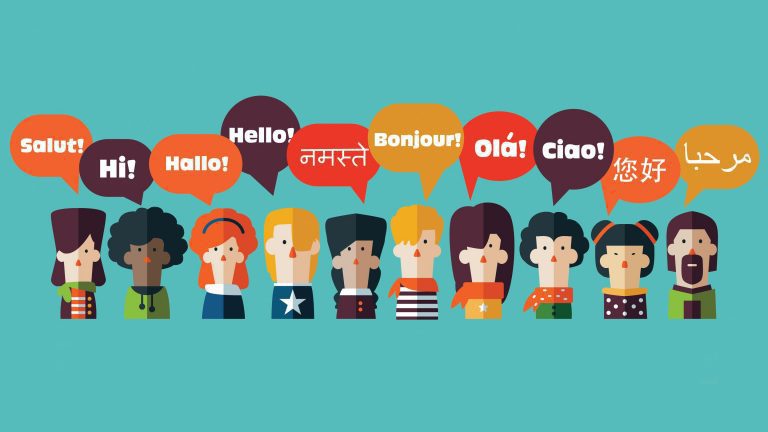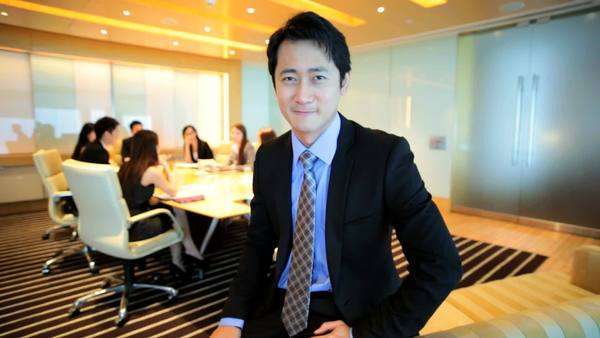How to make HR more impactful on business.
Gamification happens when features of games are added to non-game activities – it’s all about adding scores, rules and competitions to everyday business scenarios and activities, making those activities that people generally don’t like doing more fun by creating and encouraging a competitive environment.
Just as gaming has been part of our lives since childhood and has provided us with the basic concepts of life as we used applied behaviour and motivating techniques, gamification is 75% psychology and 25% technology, combining work and play while illustrating a path to accomplishment and mastery. It stirs up people’s natural desires for competition and achievement when faced with real life situations, makes monotonous processes more engaging, and encourages users to stay engaged and interact with each other.
Early adopters of gamification in the workplace tended to be outward facing. Marketing and customer-facing teams used gamification to encourage interaction between the organisation and its customers. And as more and more business people become comfortable with gamification, its application as a tool for more than just customer loyalty and retention is becoming more prevalent. In fact, the market is growing, from $100 million in 2011 to a projected $2,8 billion in 2016, with major organisations such as Google and Cisco using gamification to boost their business results.
So how does gamification improve organisations? It decreases turnover rates by 36%, increases employee engagement by 48%, brand loyalty by 22%, and has a positive impact on organisations’ brand awareness, motivation and employee training levels. Gamification is applied to customer engagement, innovation management, employee performance, personal development, sustainability, training and education, health and wellness.
For example, an employee wellness platform is being used by enterprises to maintain lower group health insurance costs and reduce expenses, such as unnecessary sick days. This offering employs gamification within its platform, enabling employees from client companies to log into a personal dashboard to view crucial statistics, earn awards for achievements for completing tasks, and even supports co-workers to reach their goals.
So why does gamification work?
Games engage our achievement motive so companies can use this as a “hook” to focus individuals on certain activities, such as following through on development plans, something many managers find difficult to do. Games arouse the achievement motive in people, as we get energised by opportunities to meet or exceed a standard of excellence. This appeals to our Darwinian instincts. Video games, for instance, are often addictive because we get caught up in the flow of competing against standards (internal or external), solving a unique problem or mastering a challenging environment.
Well-designed gamified apps can make it personally satisfying for employees to pursue their own personal development while changing behaviours in ways that align with corporate strategic objectives. Employees who embrace such gamified apps will gladly perform self-reinforcing activities over and over again in pursuit of the achievement motive – even in the absence of any external reward.
So how can companies make gamification work?
To successfully build and deploy a gamified application that promotes strategy implementation, companies must first have a solid understanding both of their own strategic objectives and the personal goals of the audience that will use the app. According to Gartner analyst Burke, companies have to consider the goals of their target audience and then identify the intersection where those audience goals align with the organisation’s strategic objectives.
Burke warns companies to look, think and plan before they leap. “The biggest pitfall company’s face when launching a gamification initiative is not having clear business objectives from the outset. They just want to employ gamification technology because it sounds cool. To have a good chance of success, companies should take the time up front to develop a sophisticated understanding of employee goals so they can develop gamified apps that help employees achieve those goals while acting in ways that promote the organisation’s strategic objectives.”
Game over
While it is predicted that more than 70% of organisations will adopt some sort of gamification in the next couple of years, companies do need to be aware that, as with all new developments, there is going to be a time when these initiatives will fail.
Companies can avoid this by making sure that player objectives are taken into account when business objectives are identified. The best time to gamify objectives is when business and player objectives overlap.
Companies also have to realise that employees participating in the initiative are players and, as such, will participate only for as long as there is a purpose they can identify with. The moment that purpose is not clear, the game becomes a set of instructions to be followed. Companies must also be careful that the rewards/points/leader boards showing success have meaning. If the same people keep ending up on top of the leader board, or with the most points, will this demotivate other people in the organisation? Similarly, if rewards are simple tokens or badges, with no discernible value (intrinsic or extrinsic), then employees will not be motivated to work for them.
Supporting strategy
If it is used wisely, gamification can be an effective tool to support strategy implementation. Smartly designed and deployed, gamification can activate employees by appealing to their built-in motives – especially the achievement motive. The best gamified apps actually make it enjoyable for individuals to change their behaviours and learn new skills in ways that collectively help the organisation implement and achieve their strategic goals.
Andrew Dickson and Alex Pires are the Team Leads of Productised Services at Hay Group, www.haygroup.com/za.
This article appeared in the December 2015 issue of HR Future magazine.





















